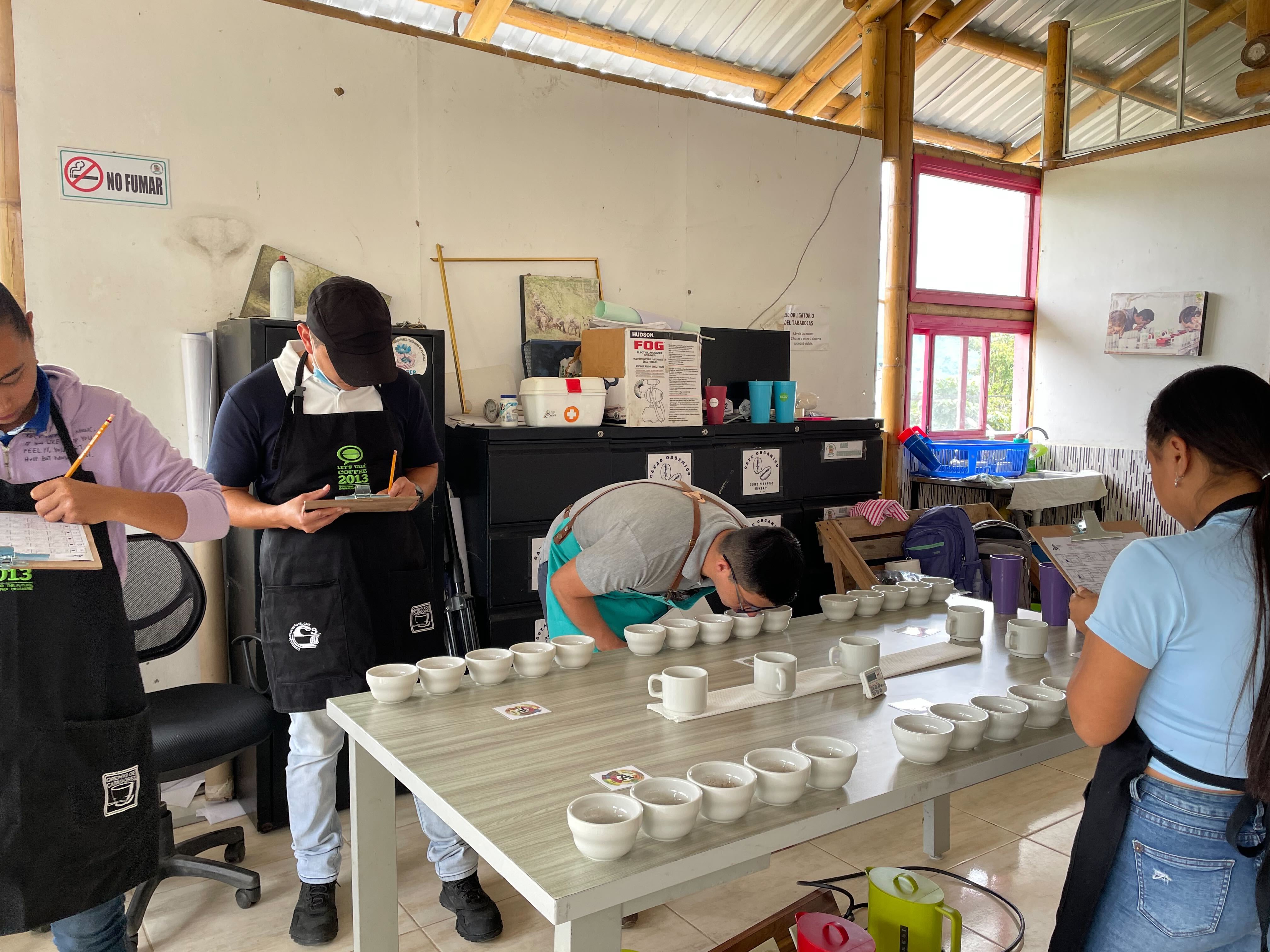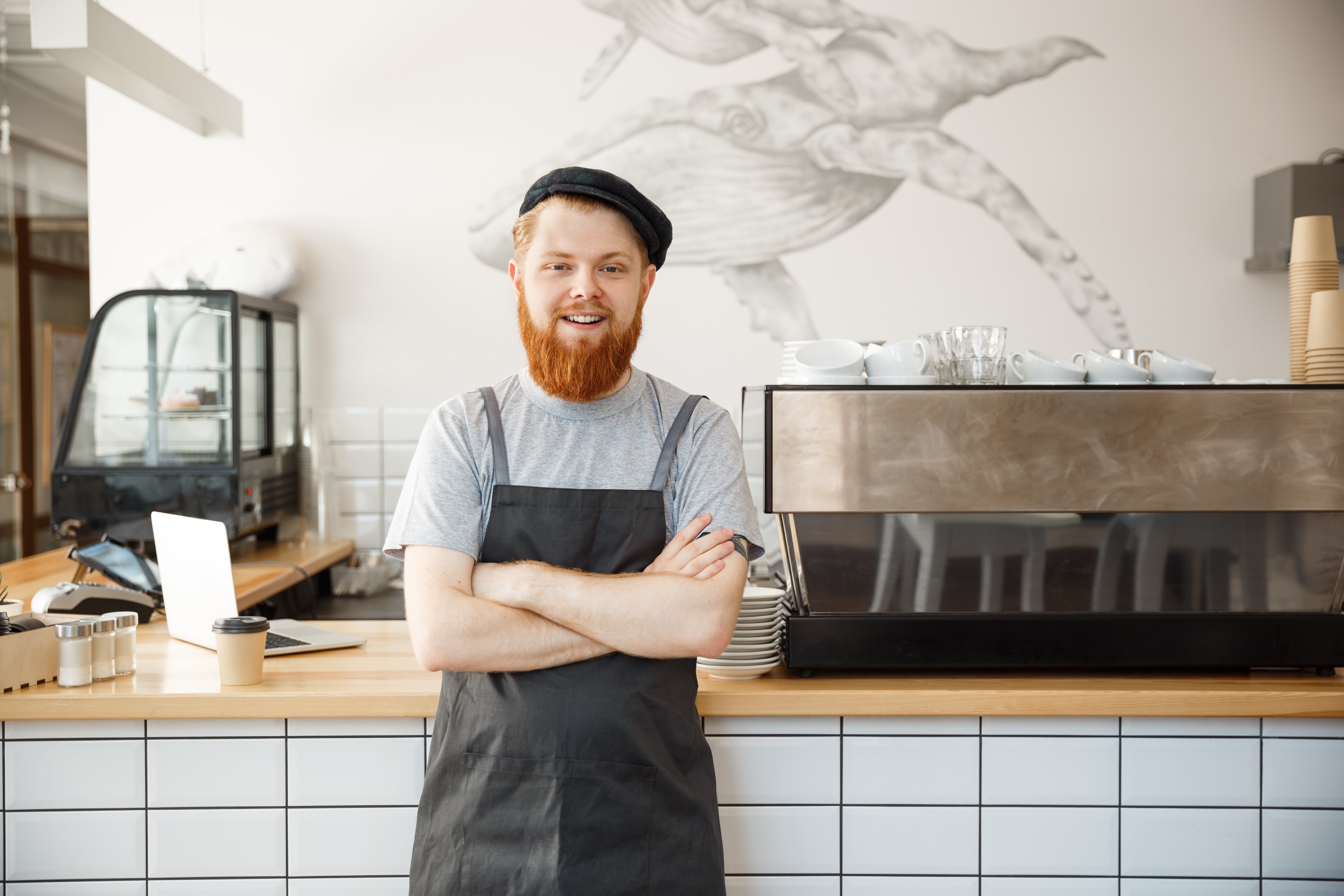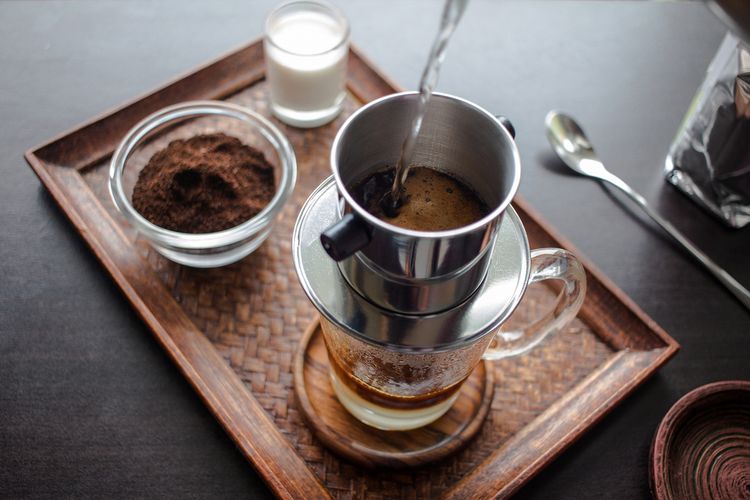In addition to preparing the equipment, we suggest you also prepare yourself before cupping. It'll surely enhance the result of the coffee cupping, creating a better outcome for you and other stakeholders.
We all know that cupping is a mandatory procedure to observe the taste, aroma, and character of coffee — especially specialty coffees — before you sell coffee to the market. This testing process is essential to determine the profile and character of the coffee. Thus, it's critical to do these four preparations before the taste test process or cupping. Let's go through the following steps!

1. Fasting
Fasting can be a means of detoxification or removing toxins in your body. Fasting is also helpful for neutralizing your body, including your senses of smell and taste. Fasting is needed to taste the original flavor of the coffee. Once you smell the aroma, take a sip of the coffee and swallow it, you can determine how the it tastes — not from the former aroma or taste of eating or drinking other things. We suggest fast for about a day beforehand.
2. Calibration of taste and aroma
It would be best if you exercise this many times. The more often you try many different flavors of coffee, the more pronounced the characteristics of each coffee you taste will be. Taste calibration helps distinguish between acidity, sweetness, bitterness, saltiness, savory taste, mouthfeel, flavor, and so on; similarly with the scent. This sensitivity to taste and aroma usually takes some time for you to develop as a cupper, so keep practicing.
3. 'A moment of Silence'
In addition to a healthy body (no flu, cough, or sore throat), your soul and mind must also be relaxed — not tense. If you succeed in achieving a 'moment of silence,' every taste and aroma of the coffee will be processed more clearly — not contaminated with other thoughts. In this part, we need to focus on being the senses of taste and smell.
4. Prepare a closed place
This last step is more technical. If you have fulfilled the above preparations, another important step is to prepare a secure cupping place, free of pollution. We notice several cuppers conducting cupping in open spaces, coffee shops, or homes while smoking or just after eating and drinking something that isn't neutral. Furthermore, there is some uncontrollable pollution, such as motor vehicle fumes. We don't say they're wrong using that cupping technique — it's just that you won't be able to optimally absorb a lot of potential flavors and aromas. In the end, a pollution-free place creates the right atmosphere for cuppers to recognize flavors and aromas deeper.
Choosing the Right Cupping Bowl
-2.jpg?width=4032&name=Image%20from%20iOS%20(9)-2.jpg)
Other than preparing yourself, choosing a suitable cupping bowl will also enhance the result of your cup.
Generally, while cupping we suggest using coarsely ground coffee, and you may taste 3-4 different single origins in one cupping session. Prepare 6-8 cupping bowls for coffee containers and cupping spoons for tasting them. You'll also need a grinder and scale.
Another thing to prepare is a bowl for wet coffee grounds, cups for cupping utensils, and other necessities that are deemed necessary. The cupping bowl itself depends on your needs, but if you want to choose a cupping bowl, we have a few tips for selecting a suitable one.
1. Color of the Inner Side of the Cupping Bowl
The color of the cup affects a person's perception of the coffee he/she is drinking. The color of the cupping bowl helps influence one's sensory perception during a cupping session. Most cupping bowls are designed with a white inside to give the coffee a contrast. But a few cupping bowls are also designed with black on the inside to make it look more black. If you use glass material, the coffee will be visible from the outside, which is also enjoyable.
2. Cupping bowl capacity
To facilitate the cupping session, choose a cupping bowl that is suitable for use. A cup size between 160 – 200ml is ideal for cupping sessions; you will easily be able to scoop the coffee with a cupping spoon. Furthermore, you'll be more freely able to extract the coffee when the hot water releases the characteristics it contains. Some cupping bowls are designed with a capacity line limit to make it easier to see the amount of hot water poured.
3. Cupping bowl material
Generally, using a cupping bowl with ceramic materials is more comfortable. Besides being able to accommodate coffee optimally, it can also maintain the water temperature for a longer time. Apart from ceramic, some people also choose cupping bowls made of glass to see the reaction of coffee grounds and hot water from the exterior of the cupping bowl.
4. Surface width
It helps to consider the width of the cupping bowl's top surface because you will fill this part with coffee grounds that float to the top when poured with hot water. A small surface will not be able to provide optimal coffee aroma when reaching the stage of assessing coffee aroma during the cupping session. Choosing a cupping bowl with a wide surface diameter is better for facilitating cupping sessions.
So, ready to have a better experience of coffee cupping? Or have any additional tips for us? Comment below!



-2.jpg?width=4032&name=Image%20from%20iOS%20(9)-2.jpg)
.png)





Comments